Description
ABOUT
Many people consider pistachio to be one of the tastier and most popular dry fruits. These crunchy nuts are packed with nutrients and health benefits. Protein, good fats, fibre, and unsaturated fats are all abundant in pista. They’re great as a snack with your evening or morning tea, or you may have them anytime during the day. It boosts our immune system, aids weight loss, and supports eye health, among other benefits.
Walnuts, almonds, cashews, pine nuts, and hazelnuts are just a few of the nutritious nuts available. Pistachios are often the most overlooked and underappreciated of all the nuts. These nuts are not only delicious as a garnish for sweets and savoury dishes, but they are also among the healthiest foods to eat. Pistachios, like all other nuts, are strong in protein and good fats, as well as fibre and mono-unsaturated fats. It is ideal to have mix of all nuts in a day.
Nuts help you to stay energized throughout the day as it regulates your blood pressure. One of the healthiest snack options is nuts and dried fruits. Because some nuts are heavy in fats, it is recommended that you eat them in small amounts in the morning and at specific times to avoid harming your health.
WHAT IS PISTACHIO
A pistachio is a drupe fruit that produces a tree nut. The hard shell that encases the nut cracks open as the pistachio ripens. The colour of the pistachio nut varies as it ripens, from bright green to a deeper shade of green, and finally to an almost brown colour.
The texture of an unsalted pistachio is smooth, and the flavour is slightly sweet. The pistachio is also wrapped in a thin edible covering that imparts an earthy flavour to the nut. The nut is slightly soft and less sweet while it is young and green, but as it matures, it becomes harder and sweeter.
FACT ABOUT PISTACHIO
Producers must remove the protective shell before roasting and salting nuts like walnuts or cashews. However, pistachios are an exception. During the growing phase, approximately 70% to 90% of pistachios develop a natural split in their shells. Pistachios can be salted and roasted while still inside their shells after being shaken off the trees by harvesting machinery, as the natural crack gives heat and salt access to the nut.
HISTORY
From Syria to the Caucasus and Afghanistan, the pistachio tree is native to western Asia and Asia Minor. The nuts were used for food as early as 7,000 B.C., according to archaeological data in Turkey. Early in the first century A.D., the pistachio was brought to Italy from Syria.
Its cultivation expanded to other Mediterranean countries as a result. Charles Mason, who provided seed for trial plantings in California, Texas, and various southern states, was the first to introduce the tree to the United States in 1854.
A few little pistachio trees were imported from France and planted in Sonoma, California in 1875. The US Department of Agriculture’s Plant Introduction Station in Chico, California, gathered a collection of Pistachio species and pistachio nut variations in the early 1900s. Pistachio nut production began commercially in the late 1970s and quickly grew to become a major industry in the San Joaquin Valley.
Iran and Turkey, as well as Syria, India, Greece, Pakistan, and other countries, are major pistachio producers.
TYPES OF PISTACHIO
1. Iranian Round Pistachio (Fandoghi)
2. Iranian Jumbo Pistachio (Kalleqouchi)
3. Iranian Long Pistachio (Arbari, Badami)
4. Kernel Pistachio
5. Green Skinned Pistachio
6. Roasted and Salted Pistachios
7. Turkish Antep Pistachios
8. Red Pistachios
9. Persian Elongated Pistachios (Akbari)
HOW MANY NUTS SHOULD BE CONSUMED IN A DAY
One fistful of nuts should be consumed once a day in the diet. It should be roughly 20-25 nuts every day, which you can divide into different time intervals and timings. So, it’s not just the type of nuts you should watch out for; it’s also the timings that will assist you achieve your goals.
BENEFITS OF PISTACHIOS
Pistachios are high in potassium (which helps regulate the body’s fluid balance), phosphorus (which helps build bones and teeth), and magnesium (which aids in the conversion of the body’s energy), as well as Vitamin B6 (which aids protein metabolism and absorption) and thiamine (which helps the body’s energy conversion) (enhances energy and promotes normal appetite). These nuts are also high in protein, which keeps you satisfied for longer. Pistachios, like almonds and walnuts, can help reduce the risk of heart disease. Its high monounsaturated fat content may help to decrease blood cholesterol levels. Pistachios contain copper, zinc, and magnesium, which serve to improve the immune system and keep us fit. They contain fiber which helps to keep our gut healthy and keeps the body from constipation and heart related issues. A nursing mother can snack on pistachio to fulfil the daily nutritional diet.

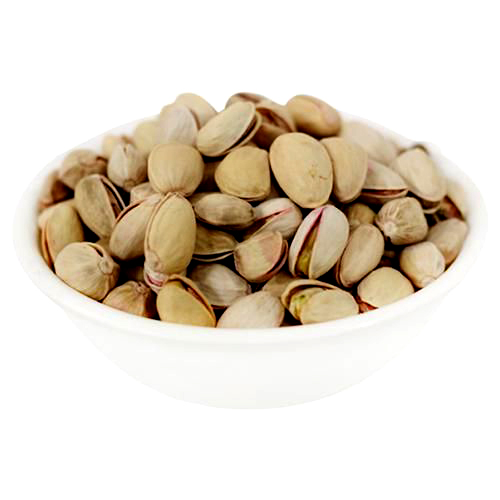

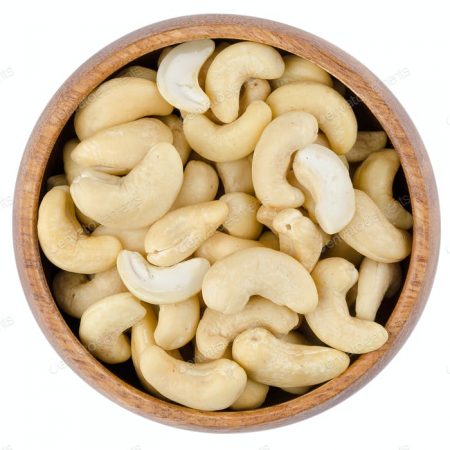
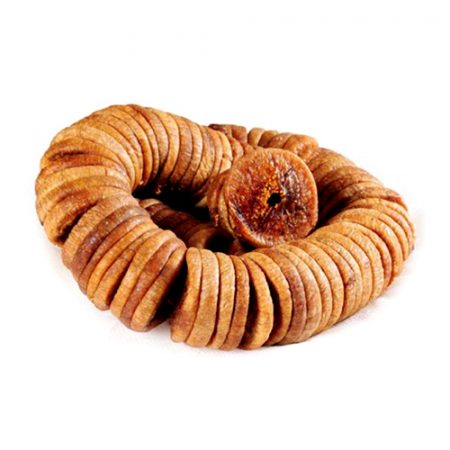
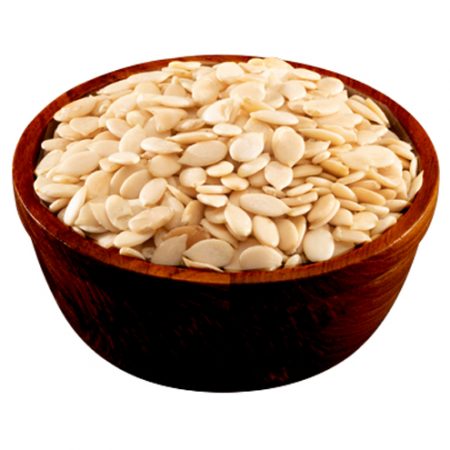
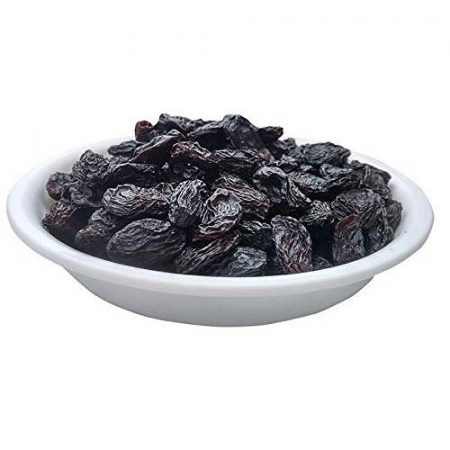
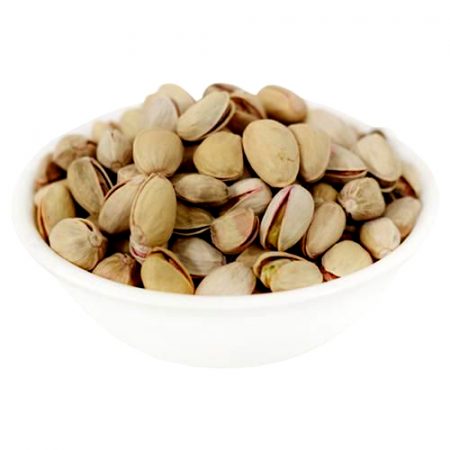
Reviews
There are no reviews yet.